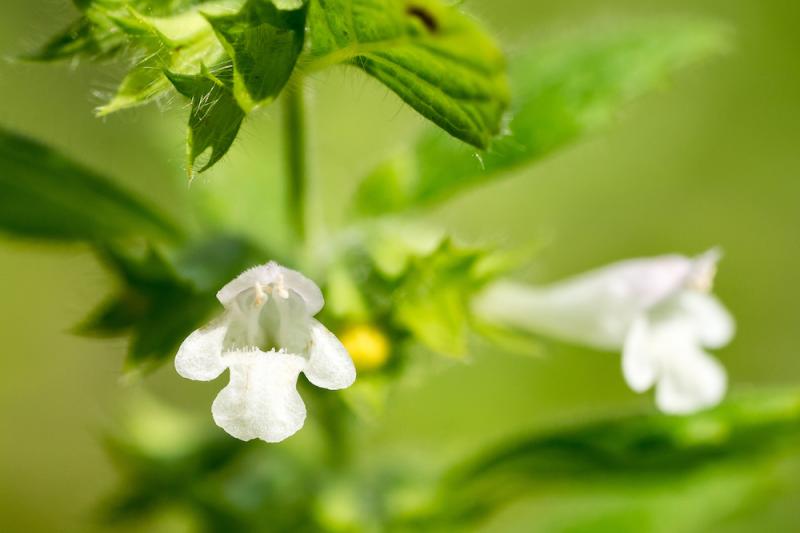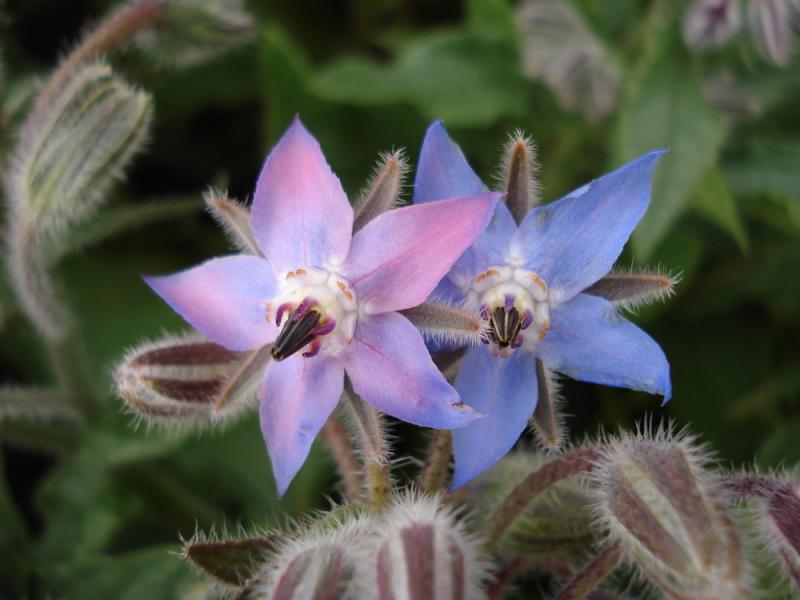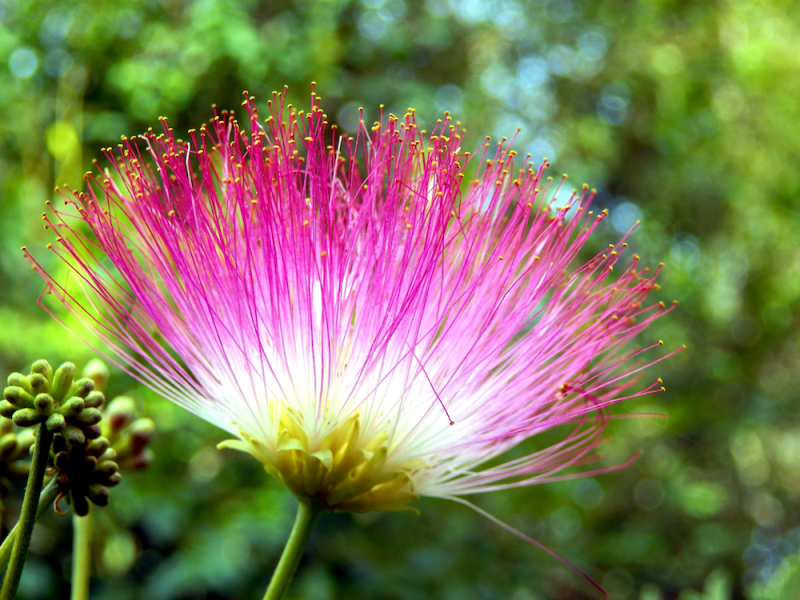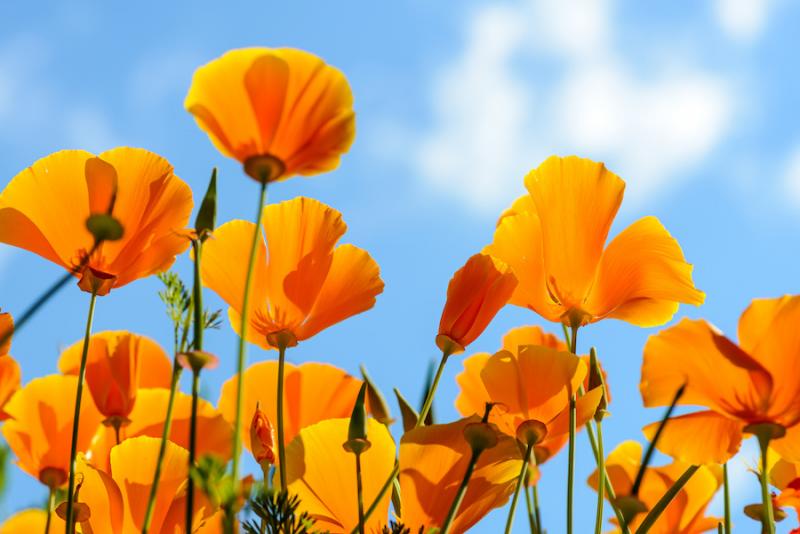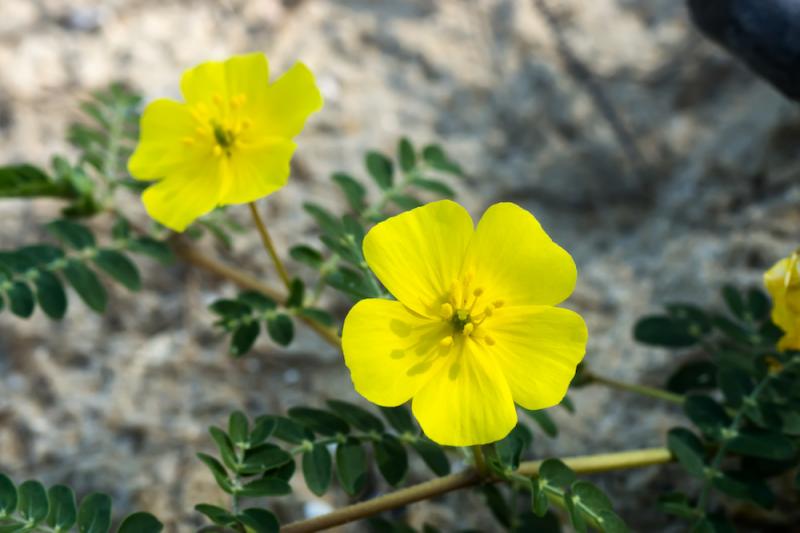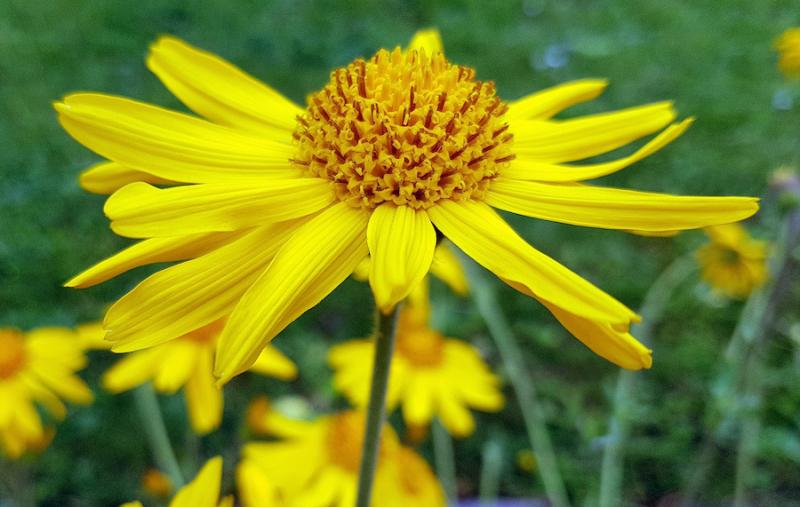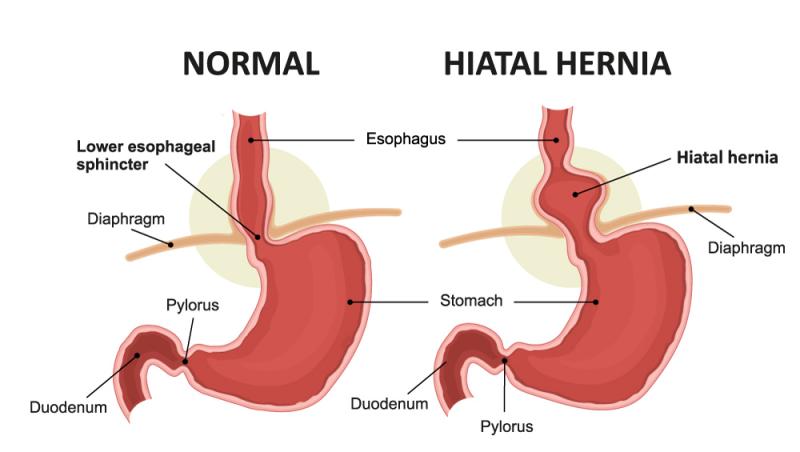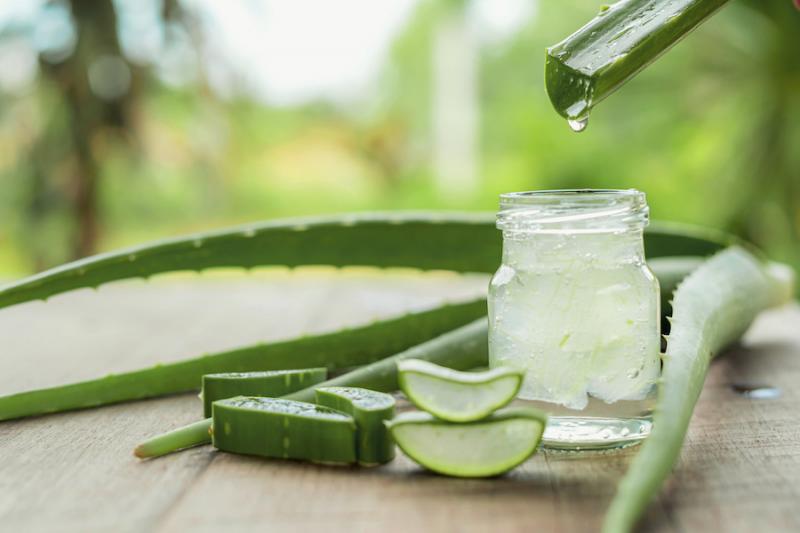- August 10, 2021
Find the Uplifting Calm of Lemon Balm
I love growing lemon balm (Melissa officinalis) in the garden. I enjoy running my hand over the leaves and then smelling the lemony fragrance that lingers on my fingers. It reminds me of lemon furniture polish and provides a distinctly uplifting feeling when I smell it. Like borage, which I wrote about last week, it’s an annual that is easy to grow in the garden and readily reseeds itself. It also attracts bees; the Latin name Melissa being derived from the Greek word for bee. Uplifting Fragrance…
- August 3, 2021
Creating Cheerful Courage in the Face of Adversity
Borage officinalis is a member of the borage family, the same family as comfrey. It has a few similar properties, but quite different uses. Both plants contain mucilage and tannin and are good sources of silica and other minerals. Both have also come into disfavor because they contain small amounts of pyrrolizidine alkaloids (which are common in this family). These alkaloids are potentially toxic to the liver. As I said in my comfrey article, I think the toxicity of both comfrey and borage is highly…
- July 27, 2021
Mimosa: The Happiness Tree
I was introduced to mimosa (Albizia julibrissin) by Thomas Easley, who gave me a tincture made from the flowers. He didn’t tell me anything about it; he just asked me to experience its effects. When I took a few drops, it felt like the energy of the plant went straight to my heart, opening it up, creating a sense of happiness like the happiness you feel when you’re in love. This diffused outward from my heart. It was one of the most uplifting feelings I’ve experienced from any herb. I was immediately…
- July 20, 2021
The Golden Power of California Poppy
Many members of the poppy family have been used as sedatives and pain relievers through the centuries. The most famous is the opium poppy (Papaver somniferum), the plant that gave rise to the entire class of opioid pain relievers, including morphine, heroin, oxycodone, and fentanyl. While these drugs are powerful pain-killers they are highly addictive and are responsible for over half a million deaths due to overdose since 1999.A Gentle, Non-Addictive PoppyFortunately, there are members of the poppy…
- July 13, 2021
Tribulus: Please Pick This Plant!
Normally I write about plants I love but this week I’m writing about a plant I don’t really like. When I was growing up we called it puncture vine or puncture weed because its seeds put holes in our bicycle tires. Southwest herbalist Michael Moore described it thusly. “A terrible, disgusting, gross, little ground covering weed… [with] seed pods that break apart into three-sided capsules that maim pets and crawly children, puncture bicycle tires…and, if you step barefooted on one, give…
- July 6, 2021
Arnica: Every First Aid Kit Needs This Remedy
There are some herbs I think no first aid kit should be without and arnica is at the top of the list. I keep homeopathic arnica in my home first aid kit, the first aid kits in my cars, and the first aid kit I take when I’m hiking. It’s one of the best remedies for rapidly resolving all kinds of bumps, bruises, sprains, and just about any other injury where the skin isn’t broken. It takes down swelling, relieves pain, and speeds healing. I particularly like arnica in a cream form for topical…
- July 1, 2021
Correcting a Hiatal Hernia
When people are new to natural healing, they can often feel overwhelmed by the various supplements and modalities that are available. Often, they just don't know where to begin—especially when there are so many different companies and healers telling you to “buy our products!” Although I do recommend herbs and nutritional supplements, there are many things that are important to improving health that doesn't involve swallowing something. In fact, there is one key to helping people improve their…
- June 29, 2021
Aloe Vera: Helpful for Burns and Burnout
I don’t know about you, but I hate getting burned, whether it’s sunburn or burns in the kitchen, burns are painful. Fortunately, I know how to treat burns quite effectively with herbs and one of my favorite burn treatments is aloe vera. That’s why I keep aloe vera gel in my first aid kit and have an aloe vera plant in my home. Aloe vera is well-known for its ability to treat burns, but it has many other uses which I’ll discuss after I relate my experiences using it as a burn remedy. Treating…

